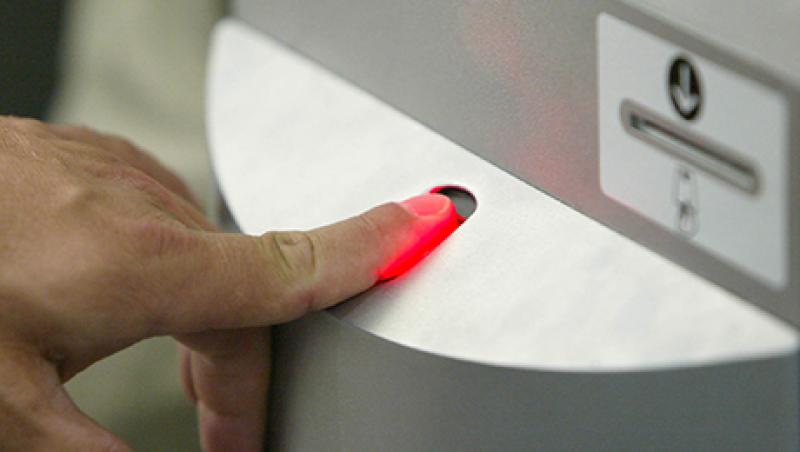
Measuring Up Biometrics for Investors
Advances in the science of measuring biological traits could have an impact on everything from cybersecurity to infrastructure.
Daniel Nadler
October 21, 2015


